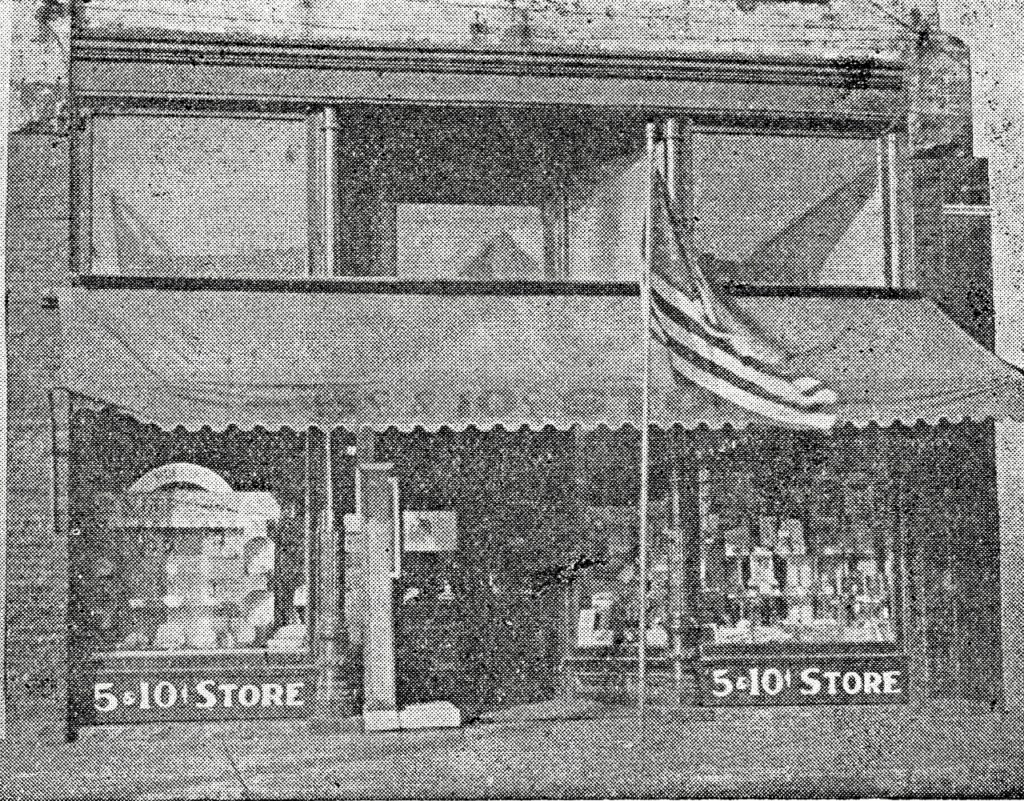
John Ira Bellaire
Manistique booster, John Ira Bellaire was born in Indiana in November of 1871. His family moved to White Pigeon in northern Lower Michigan when John was still a young child. There his parents, John and Agnes Bellaire purchased a small farm and struggled to support a growing family. John worked on the farm helping his father until he reached his eighteenth birthday, when he went out on his own.
Bellaire took advantage of every opportunity he could to attend school. He worked at odd jobs on weekends, including splitting wood to earn money for books and tuition. During the summer he worked as a clerk in a grocery store. Once school started in the fall he continued working before and after school. He was finally able to graduate in June of 1891. After obtaining a 3rd grade teaching certificate, Bellaire taught for one year at a school near South Boardman, Michigan, in Kalkaska County.
In the spring of 1893, Bellaire answered a “help wanted” ad for a clerk’s position in a general store at Seney, Michigan, with a salary of 35 dollars per month. In 1895 he was promoted to general manager. On September 24, 1896, Bellaire married Sarah Boynton, who was to be his devoted companion for over 60 years. One year later Bellaire was appointed Postmaster at Seney and by 1899 he had saved enough money to buy the store.
A keen observer of others, Bellaire came to know the people of Seney including the lumberjacks, the saloon keepers and the ordinary citizens and farmers who came to the store to buy their groceries and pick up their mail. The town, which was to become infamous for sin and mayhem, was Bellaire’s home for over a decade during its heyday as a booming lumbering settlement.

Bellaire’s 5 & 10 Cent variety store on South Cedar Street
With the end of the big pine era, Bellaire relocated to Manistique where he opened a five and dime variety store. His first store opened for business in 1927. Offering quality merchandise, affordable prices, and friendly, courteous service; his enterprise thrived. By 1938 he was able to open a second store on the west side of Manistique.
It was in the early 1920’s that Bellaire became a devoted fan of the Big Spring. At that time the area was remote and undeveloped. Surrounded by fallen timber and debris left over from the lumber companies, Bellaire immediately recognized the unique beauty of the spring and the need to preserve it for future generations. Though Bellaire could easily have purchased the property, he felt it could only be protected through public ownership. In 1926, in cooperation with Frank Book, who was a partner in the Palms Book Land Company of Detroit, Bellaire arranged for the sale of 90 acres of land including the spring to the State of Michigan for $10.00. The land was to be forever designated as a state park bearing the name, Palms Book State Park.

An early 1900’s photo of a raft on the Big Spring
Throughout the years, Bellaire worked tirelessly to promote the park. It became known unofficially as Kitch-iti-kipi, from an old Indian legend which Bellaire created out of his imagination for the sole purpose of luring tourists to the area. The story of the true legend of Kitch-iti-kipi by Carol Hare is available both at the Big Spring gift shop and at the Historical Society store on Cedar Street next to Mercado Imports. The legend was passed down in her family for more than 100 years.
During the 1930’s Bellaire wrote a series of articles which appeared in the Escanaba Daily Press entitled “Tales of Old Seney.” His articles were filled with stories about the lumber camps and pioneering lumbermen such as George Orr and Ed and Frank Cookson. Bellaire defended his old home town of Seney saying it was never as bad as writers and journalists made out. During his latter years he became concerned with preserving and documenting the history of Manistique and Schoolcraft County. But his greatest legacy was ensuring the preservation of the Big Spring for future generations through public ownership of the land as a State Park.
